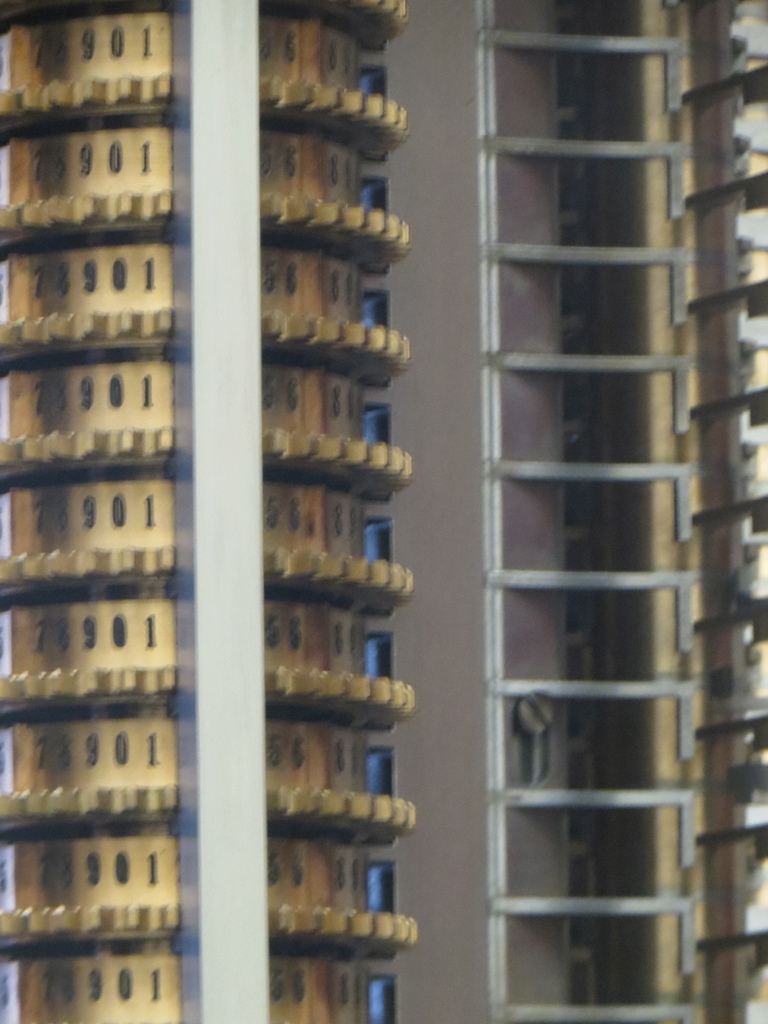Terms and Conventions
This defines the space a model occupies on the tabletop. If a model has a base, then the base determines the x.y area, and the height of the model itself determines the z axis.
Many actions or rules require that line of sight exist between two models. For line of sight to exist, it must be possible to draw a line between the two models that is uninterrupted by any other models or piece of battlefield terrain. This line should be able to be drawn from any part between the two models.
If such a line can’t be drawn between at least 50% of each model, then each model is considered to have obscurement from each other.
Measurements within the game use inches in most cases. Conversion to metric is permitted, and it is up to the player(s) to convert as most appropriate. Unless otherwise noted, measurements are always taken from the closest parts of a model’s footprint on the table and disputes should favor the controlling player.
A single playing piece that is physically distinct from others and represents an entity that can act on its own.
Some models represent a larger or more complex unit, and are referred to as ‘composite’ models. A composite model consists of multiple components that are treated as individual models for purposes of actions and are individually targeted by attacks.
All models will utilize 2 bases that must be the same size, and must fully encompass the footprint of the model. Neither of these bases can be permanently attached to the model, though it may have a smaller scenic base on it if you like.
Some effects or abilities may require that a model be shown in some way so players are aware of what status it has and how to treat it. This done by applying a marker to a model by way of a token placed either next to the model or making a mark on its console.
